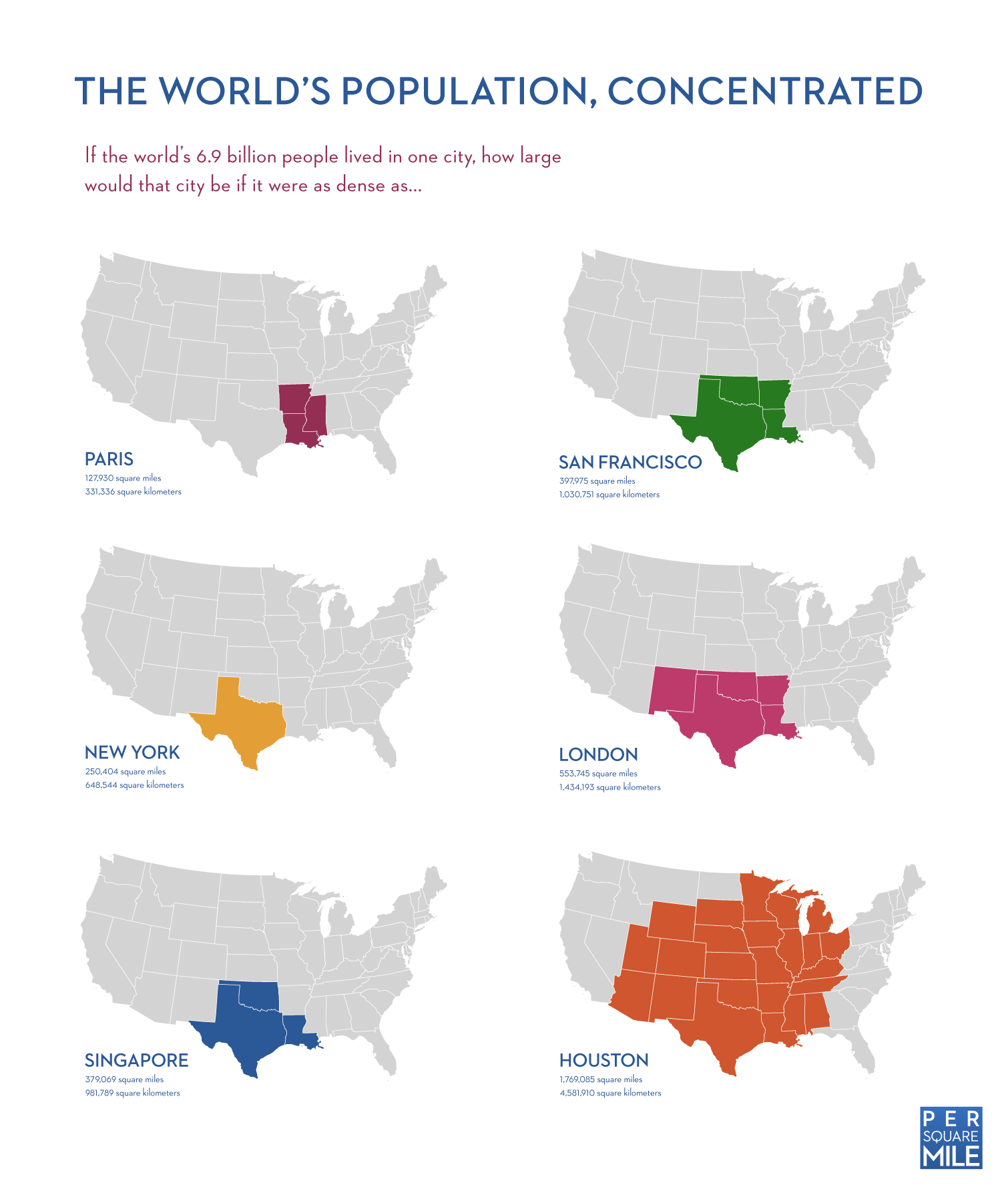The Third Way
Wilhelm Röpke (1899-1966) is credited by many as one of the architects of the post-WWII German Economic Miracle, driven by the implementation of the Social Market Economy that is advocated by adherents of ORDO Liberalism, and associated with the Freiburg School of political economy.
(The term ORDO refers to an academic journal established in 1948 by the founders of the Social Market Economy movement in Europe following WWII.)
ORDO Liberals see a distinction between laissez-faire and Classical Liberalism that is very similar to what Karl Polanyi (1886-1964) describes in his book, The Great Transformation.
Essentially, laissez-faire is about means and Classical Liberalism is about ends, and there is no guarantee that laissez-faire will lead to Classical Liberalism. Evidence includes cartels, ‘old boy’ networks, cronyism, Unconscionable Contract, etc., all of which can exist under laissez-faire, but are very different from the ends that Classical Liberals advocate.
Some of the most repressive societies are those that have evolved in remote tribal villages, so far removed from formal government that it essentially does not exist.
On the other hand, the opposite of laissez-faire, statism, has led to unfathomable horrors including the twin extremes of National (‘right-wing’) Socialism and International (‘left-wing’) Socialism, the Khmer Rouge, and numerous Middle Eastern dictatorships, along with watered-down versions of in Cuba, Myanmar (Burma), Venezuela, Zimbabwe, et al., ad nauseam.
Statists see this not so much as a distinction between laissez-faire and Classical Liberalism, but as an inevitable consequence of laissez-faire, and they argue that government regulators and enforcers should achieve desired ends by whatever means are deemed acceptable.
In post-WWII Germany, the heavy hand of government was used to create a social safety net for the socioeconomic bottom-most while allowing market participants to allocate resources. So long as individuals employed means and achieved ends that were acceptable to government regulators, they were left to do as they wished. When someone in power determined that either the means or the ends were unacceptable, government agents stepped in to redirect the resources.
For the decade after the War, politicians and regulators steered the German economy down this middle way with some success, avoiding the excesses of command-&-control socialism at one extreme and the kind of anarchic chaos seen later in Russia following the fall of the Soviet Union at the other extreme. China’s rulers appear to be attempting to follow a similar path today.
If politicians and regulators are united in their belief that Classical Liberalism is the ultimate end, and that the constrained laissez-faire of the market is the most efficient means to achieve that end, with occasional intervention, then an ORDO Liberal policy regime can work.
There is, of course, no guarantee that subsequent generations of politicians and regulators will not err on the side of command-&-control, as happened in Germany in the last quarter of the 20th Century. Where individuals wield power, the danger always exists that they will use it in pursuit of personal agendas, even at the expense of the community as a whole.
Sovereignty without Sovereigns
Today, as we transition from capital/labor national economies to an integrated knowledge/service global economy, we face an altogether different set of challenges. The question today is not, “Will statutes and regulations be overly burdensome?” but “How can transnational firms and networks be hindered in forming cartels in the absence of a global statutory and regulatory authority?”
In other words, the danger today is not that the agents of a national government might tax or regulate a firm or industry out of existence, but that the executives of transnational firms and networks will enter into contractual arrangements that create artificial monopolies or otherwise exploit their positions to the detriment of consumers.
Granted, Dominium is less of a concern than Imperium, but it is a concern, when it results in higher costs for those least able to afford them. At the extreme, executives gain a kind of sovereignty by being beyond the reach of any particular government other than the ones that they happen to be standing in.
An example of this is illustrated in a recent Bloomberg story, “U.S. Studies Derivatives That ‘Game’ Tax Rules” that describes some of the difficulties that US legislators and regulators are facing in their quest to control the executives of financial firms and the participants in derivatives markets.
A major part of the problem is the fact that all financial assets are either contracts or titles that derive their existence from individual agreements and social institutions. They can be transferred quasi-instantaneously; encoded, shredded, and stored transnationally; and accessed, reassembled, and decoded from any jurisdiction.
The only things preventing the establishment of a peer-to-peer asset exchange that exists purely on the Internet are inertia and convenience. The tools and designs have existed for more than a decade. As long as the cost of the status quo remains less than the benefit, individuals will resort to status quo organizations, but if legislators and regulators raise the cost of doing business conventionally much more, then transitioning to something else becomes a viable alternative.
Even in the absence of overt blundering, the relative benefits of technological innovations are growing at exponential rates, and the tipping over into a new order that is out of the reach of any national government probably will come no matter what politicians do in any particular jurisdiction.
In such a world, the idea of a Third Way becomes untenable, as no national regulator or enforcer will be strong enough to compel laissez-faire to lead to Classical Liberalism.
Where things will lead, like all else in the future, is unknowable, but it is not unimaginable. I will explore some possibilities in Part 2 of this essay.
Invest accordingly.
Prof. Evans



